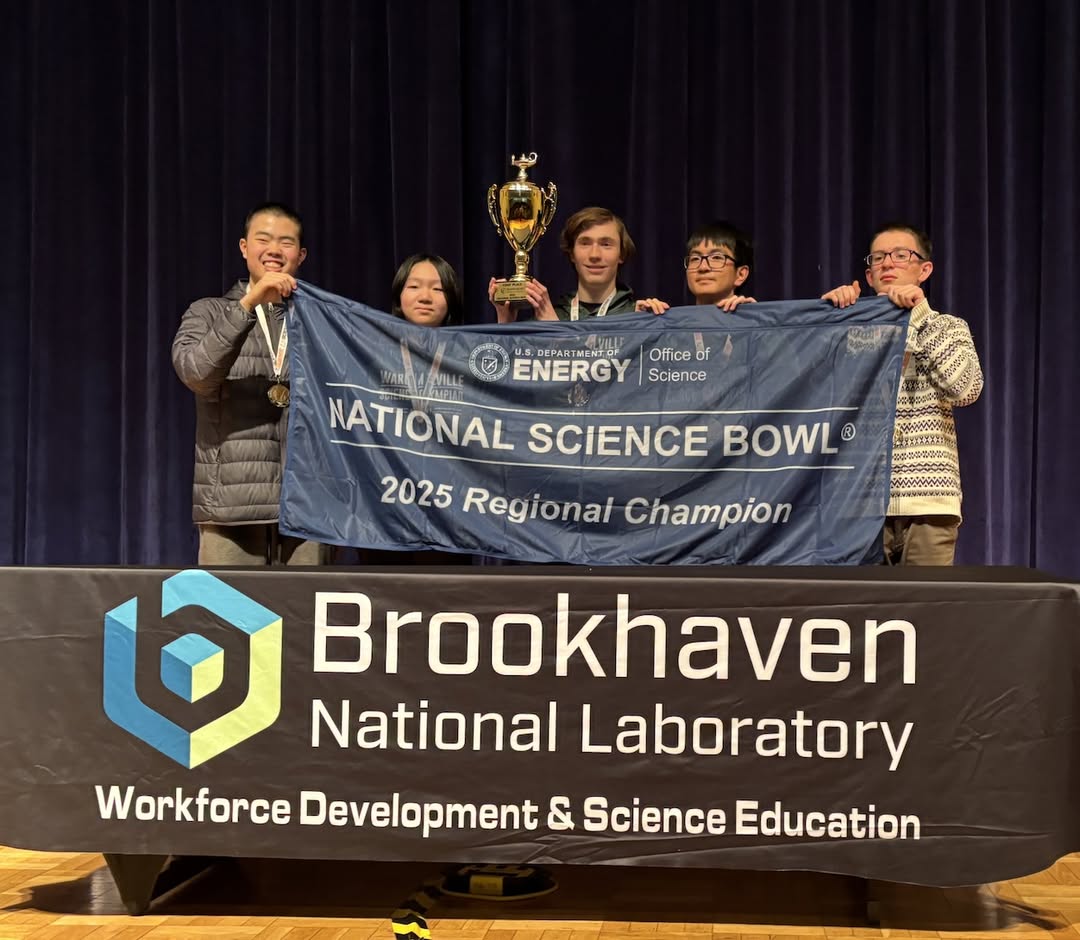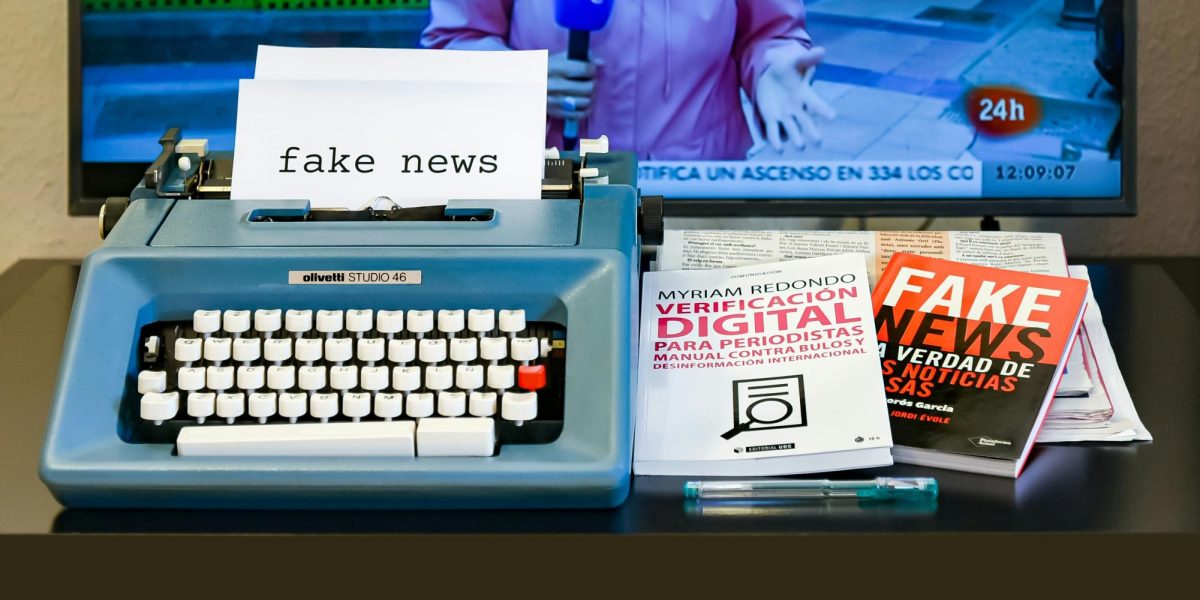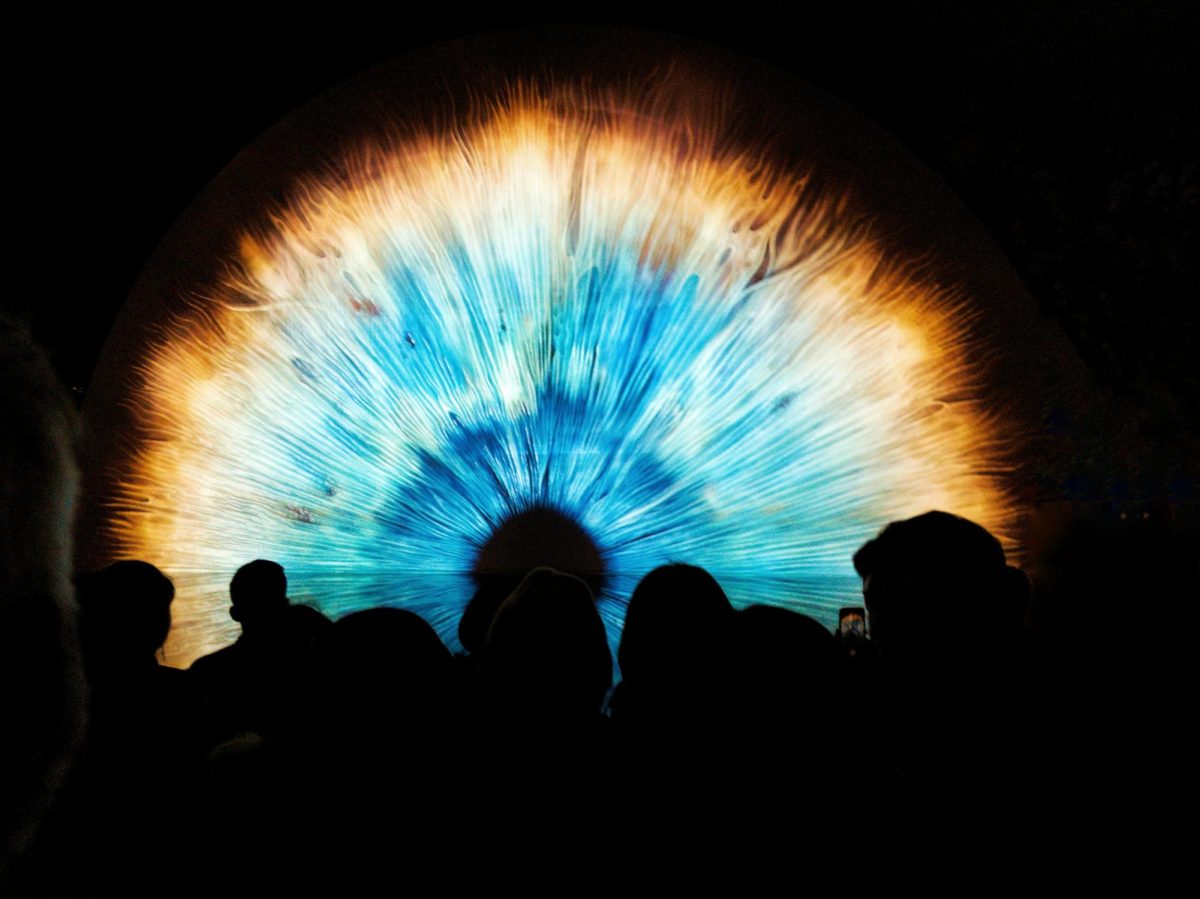On September 29, Earth officially gained a second moon. This is in the form of a tiny asteroid called 2024 PT5. These ‘mini-moon’ events actually occur quite frequently. However, their detection has only been made possible by recent advances in technology.
This particular Mini-Moon was first detected by powerful telescopes in Sutherland, South Africa, by a team of astronomers from Madrid’s Complutense University. When the researchers took measurements, they found that 2024 PT5 lives up to its name as a mini moon. Its width of 37 feet makes it about 300,000 times smaller than our moon (Earth.com).
2024 PT5 is visiting Earth from its home in the Arjuna Asteroid Belt, which orbits around the Sun. Complutense University Professor Carlos de la Fuente Marcos explains that, when passing Earth, some of the objects in the Arjuna Belt can come relatively close to Earth at just 2.8 million miles away, while also traveling at comparatively low velocities of about 2,200 miles per hour. For context, many asteroids in our solar system travel 38,029 to 55,925 miles per hour. Due to these factors, it becomes easier for the Earth’s gravitational pull to alter the course of these objects, or, in the case of 2024 PT5, pull them into Earth’s orbit (Space.com).
2024 PT5 will not be a permanent companion. Mini-moon events can either be long capture when the captured object sticks around for over a year, or short capture, characterized by the captured object only sticking around for up to a few months. 2024 PT5 is a short capture mini-moon and is expected to stick around for about two months. During this time, it will not complete a full rotation around the Earth. Marcos uses the analogy that a true satellite like our moon is a customer shopping in a store while 2024 PT5 is just a window shopper (Space.com).
Unfortunately, 2024 PT5 will not be visible with amateur telescopes due to its tiny size and lack of light, making it only visible to astronomers with professional equipment. Despite the small size of these mini-moons, they still provide big opportunities for scientists to study asteroids and further understand how our Solar System works (Earth.com).









